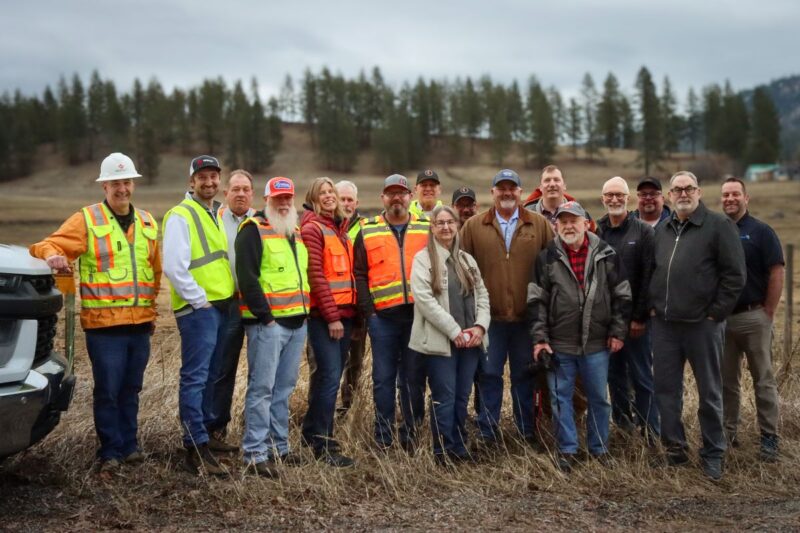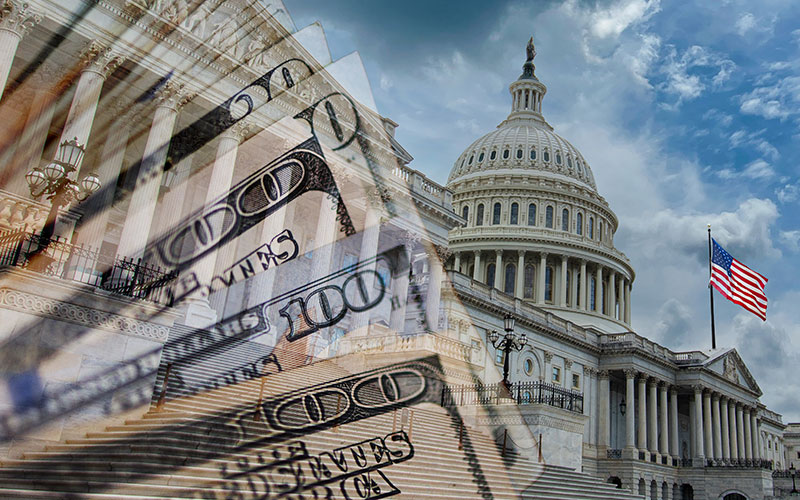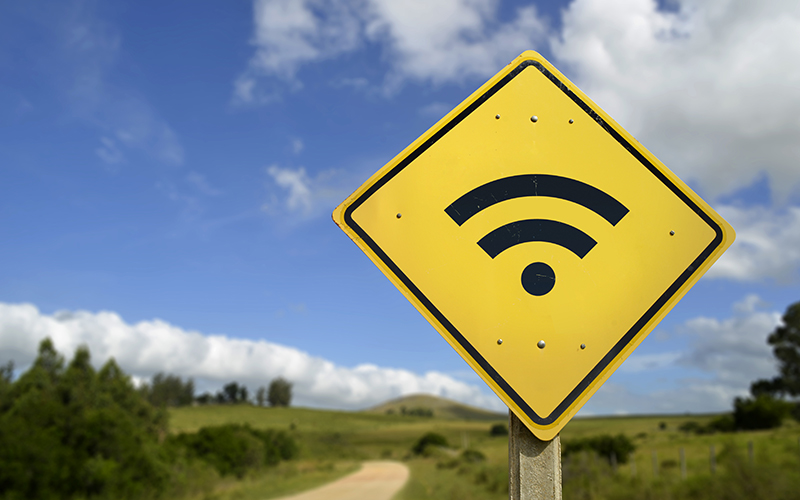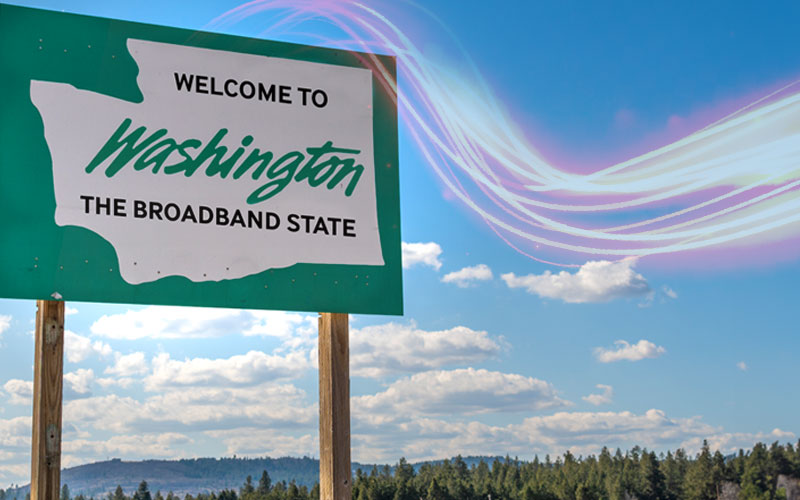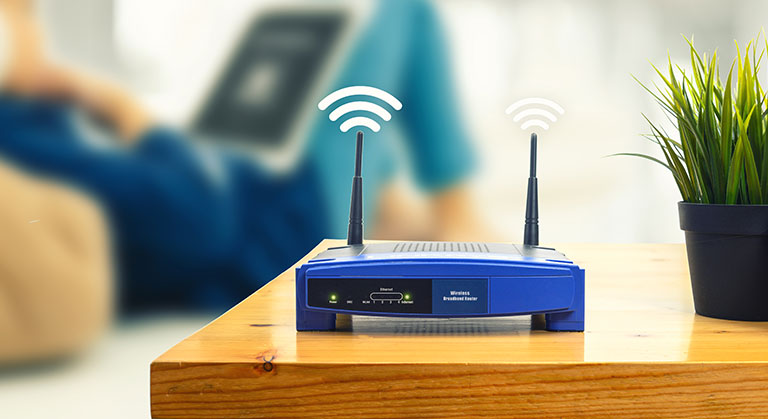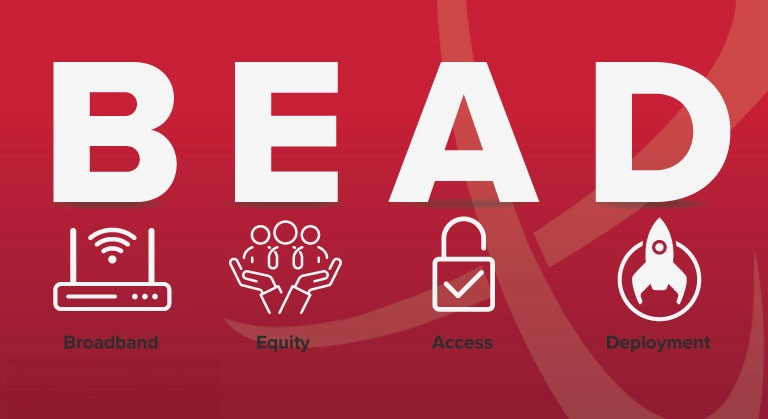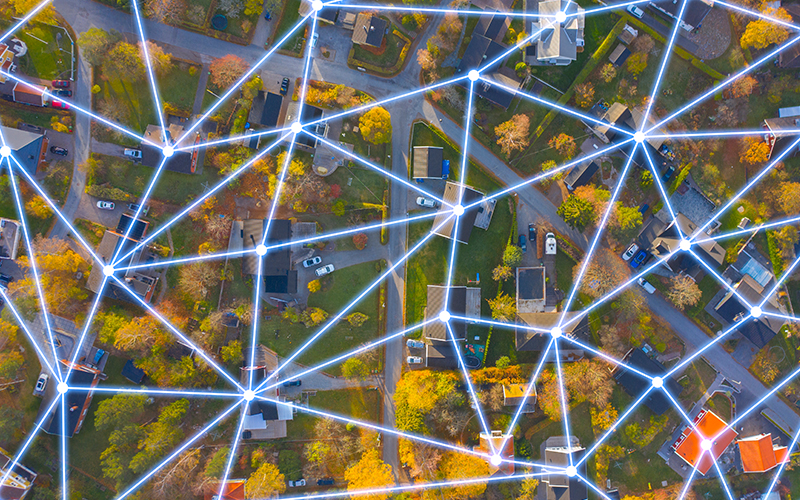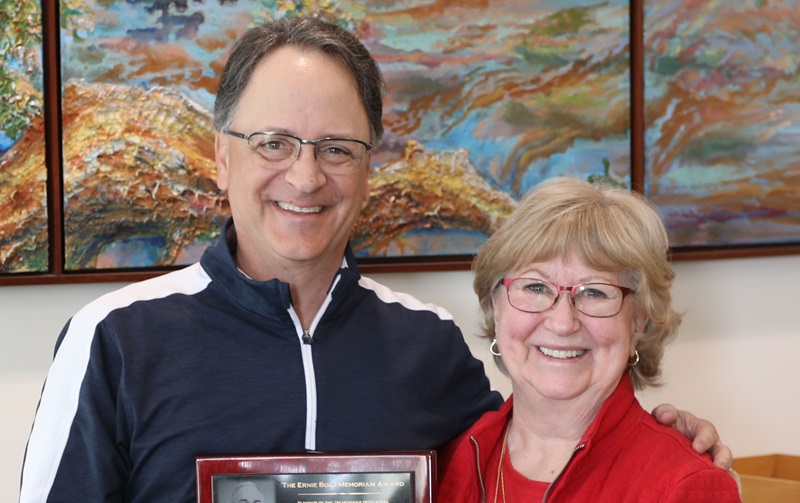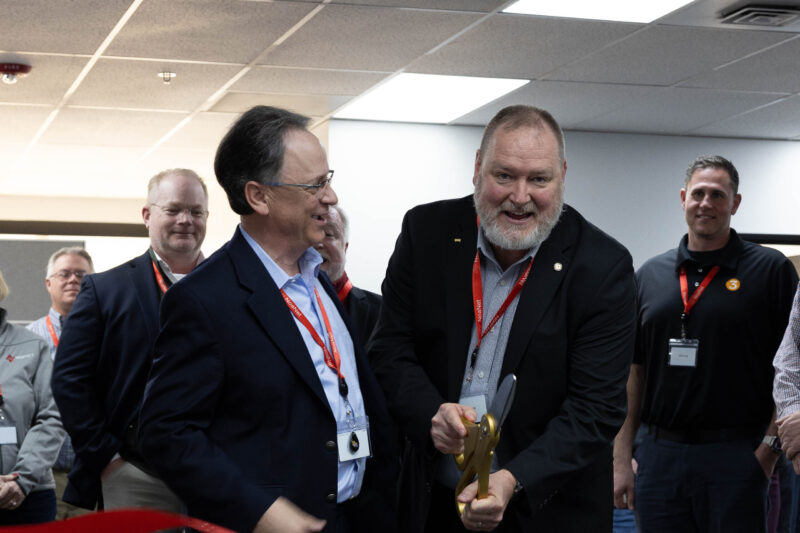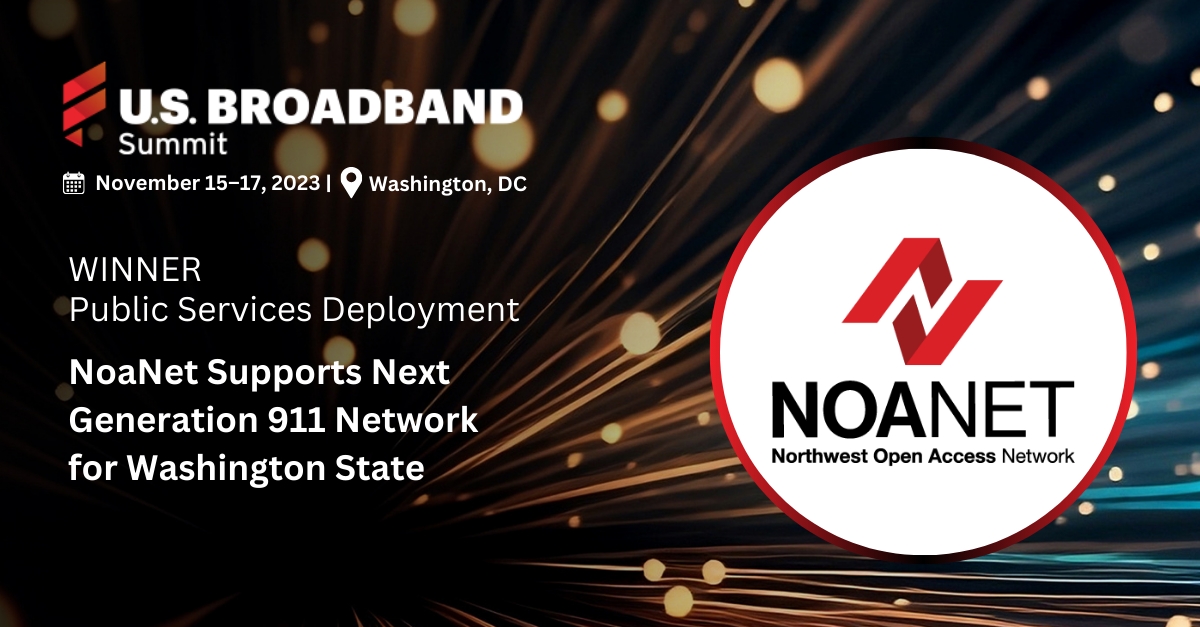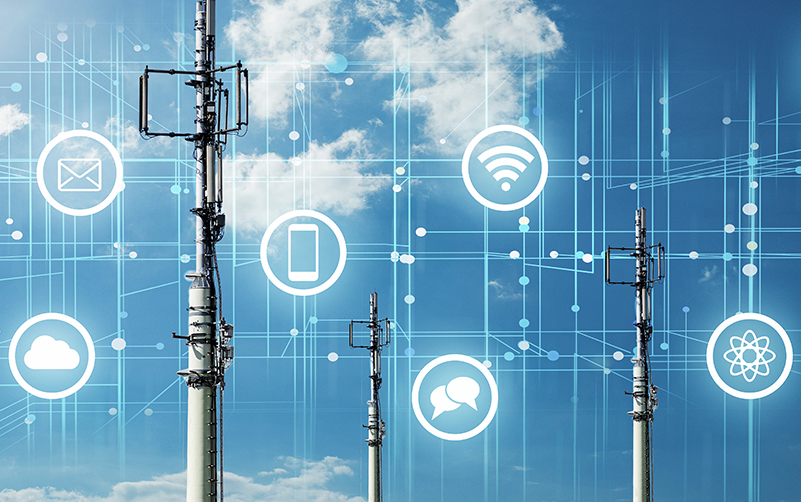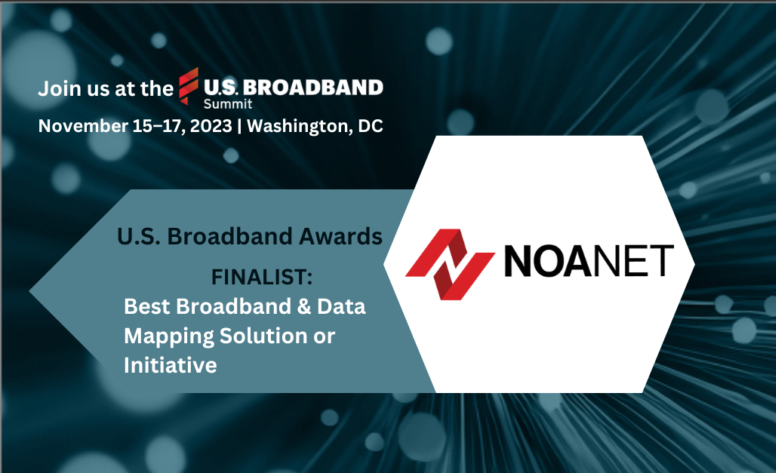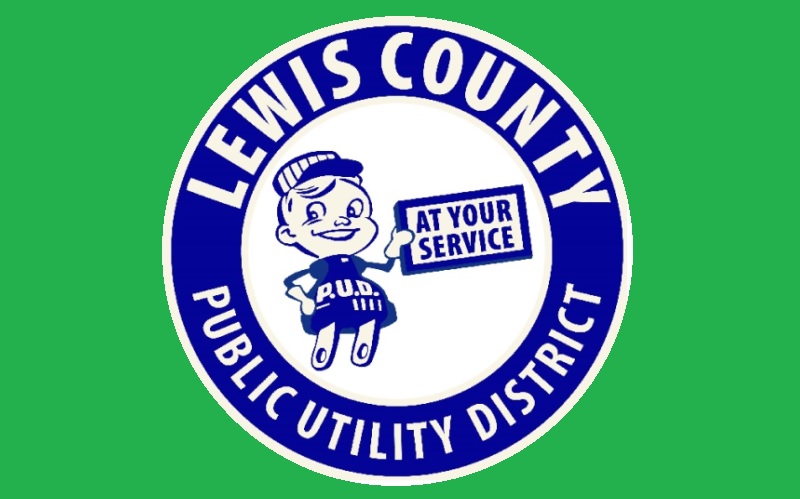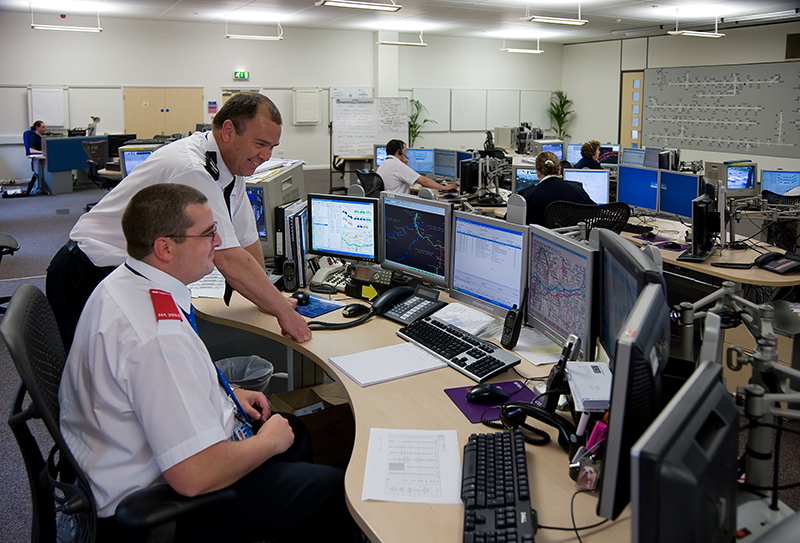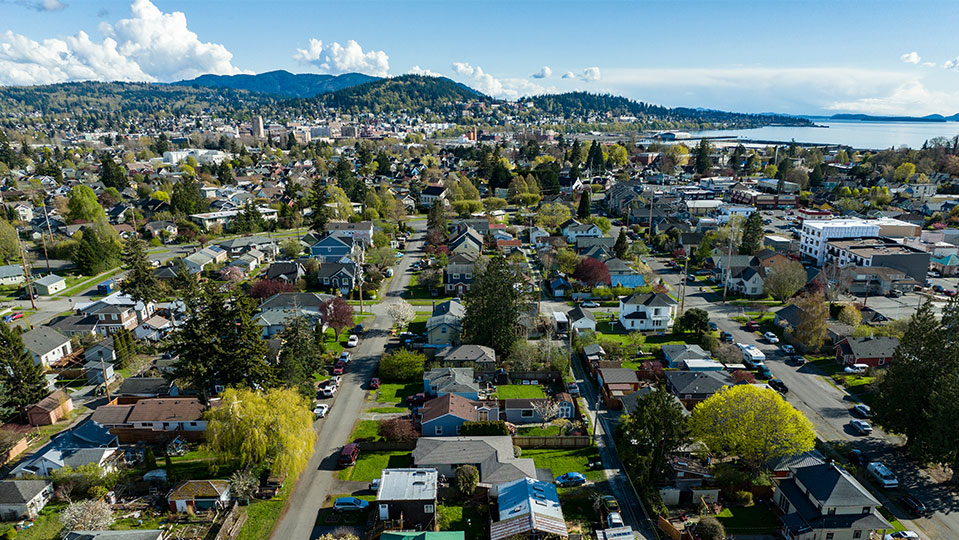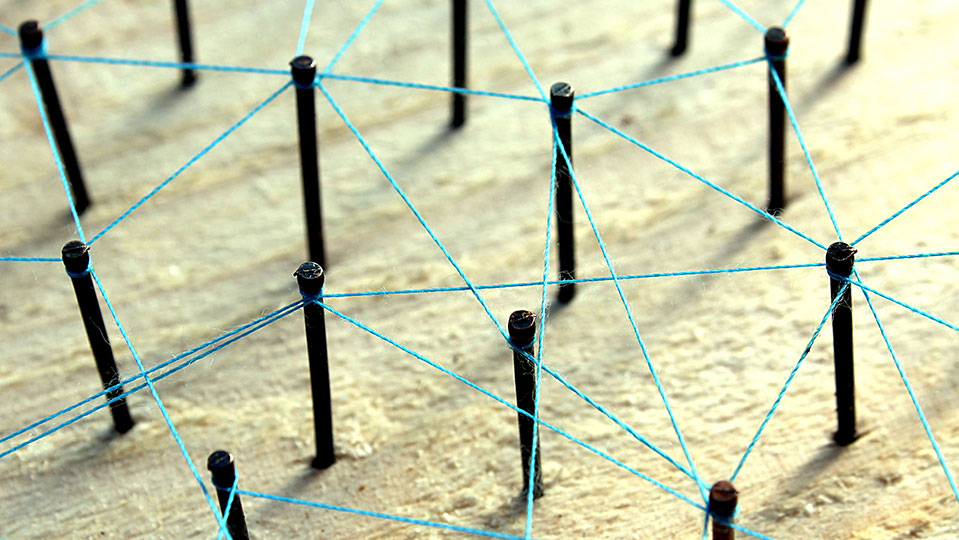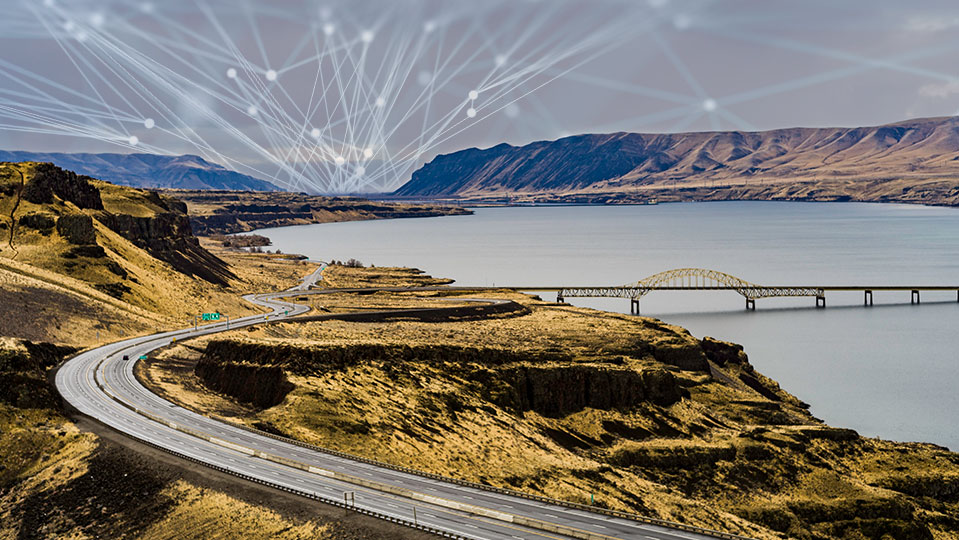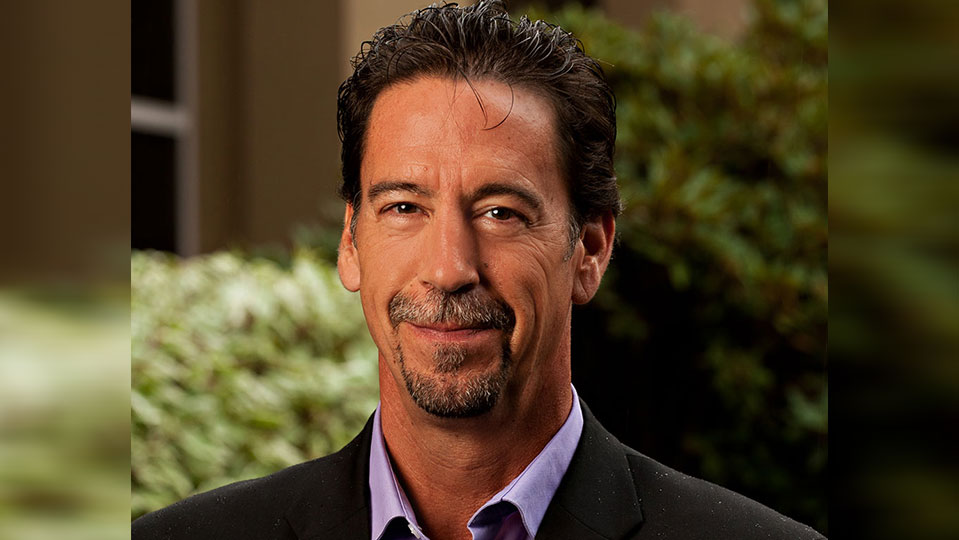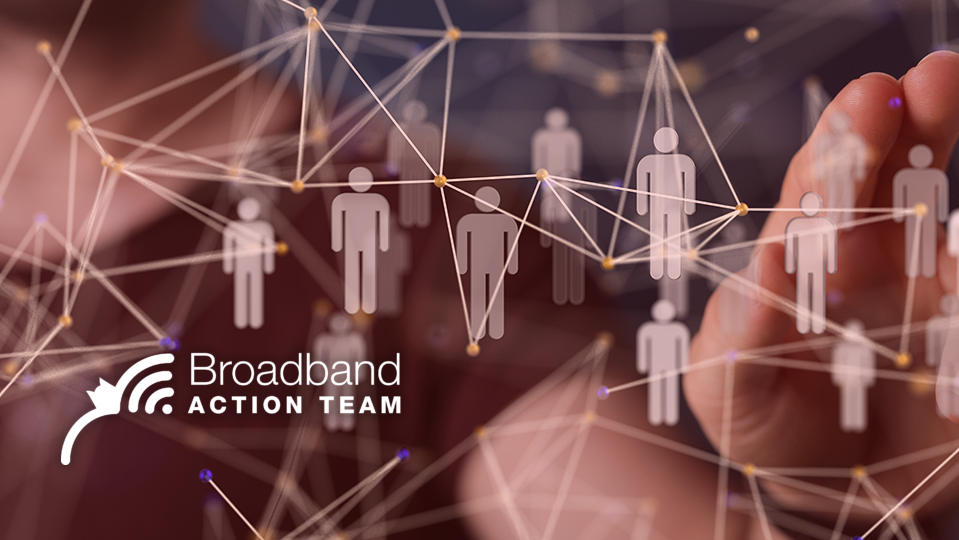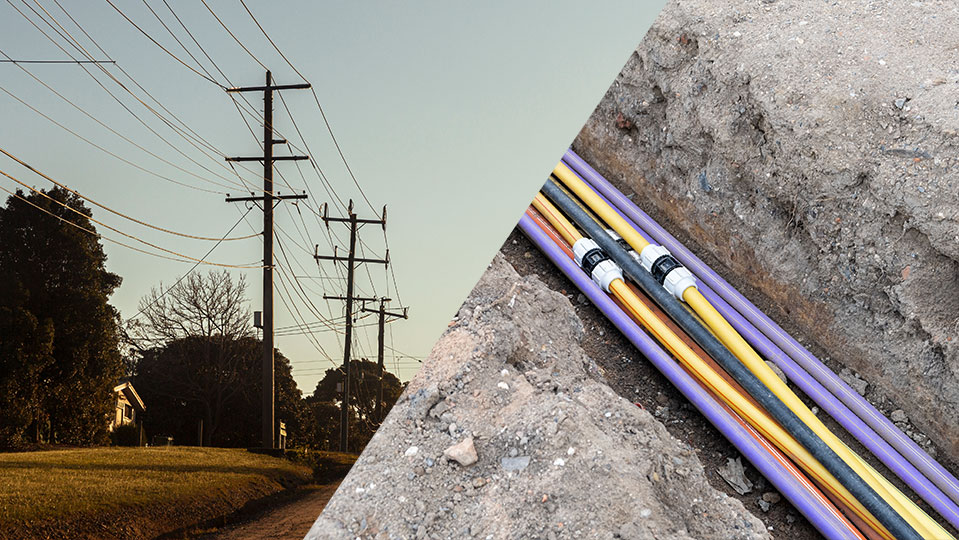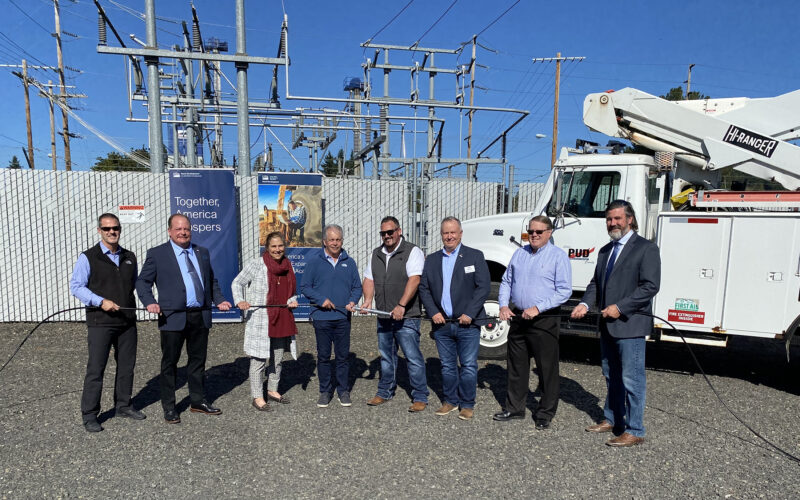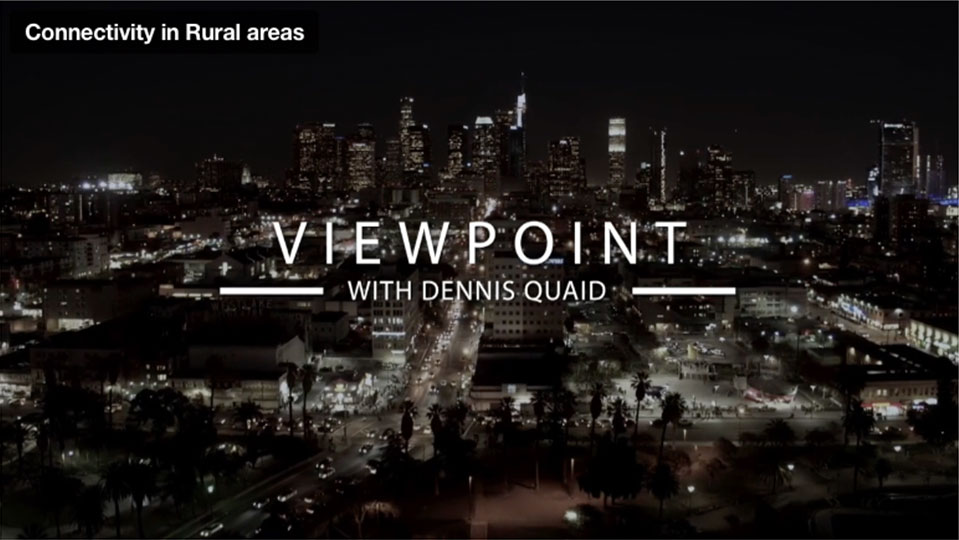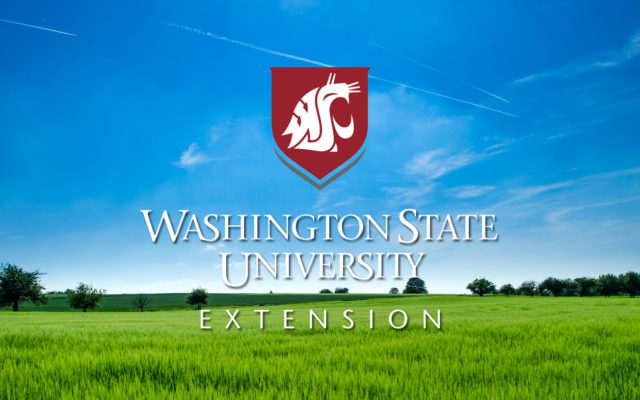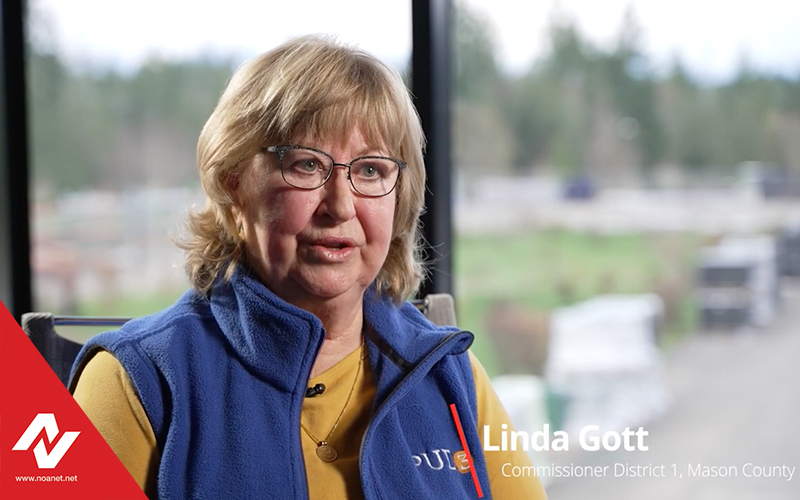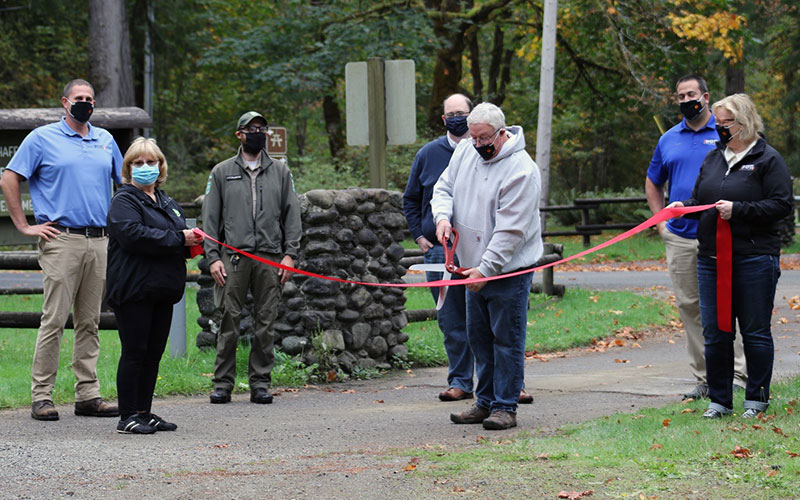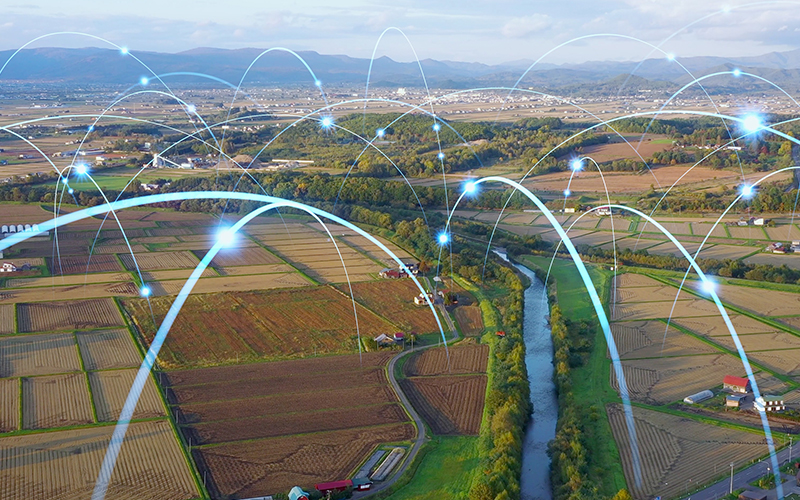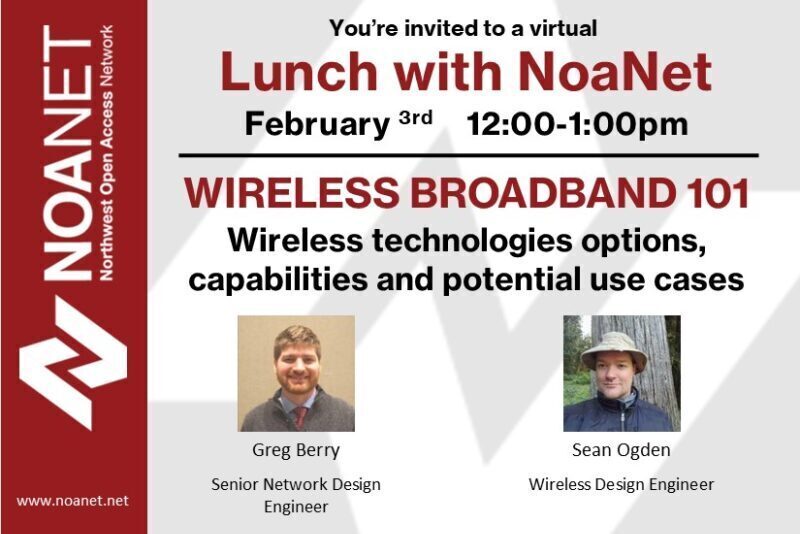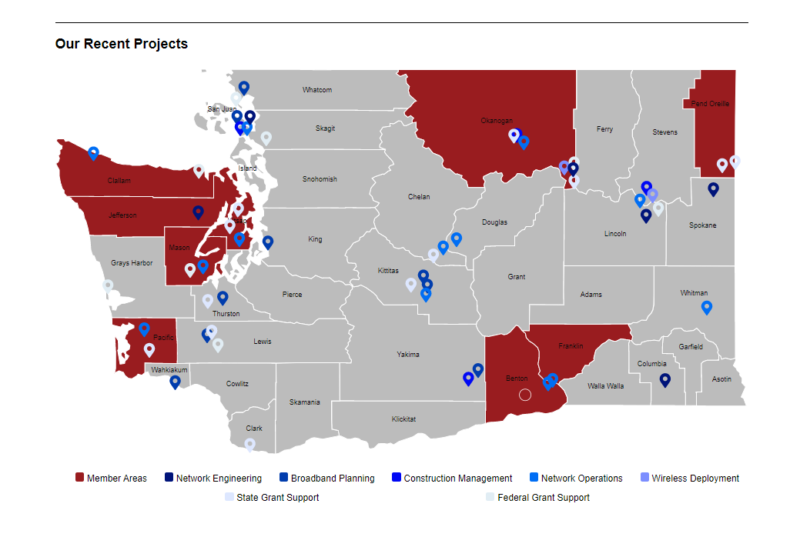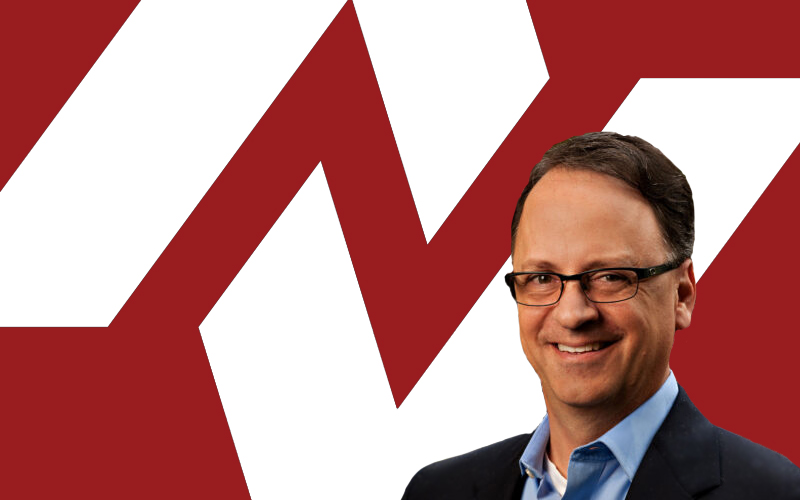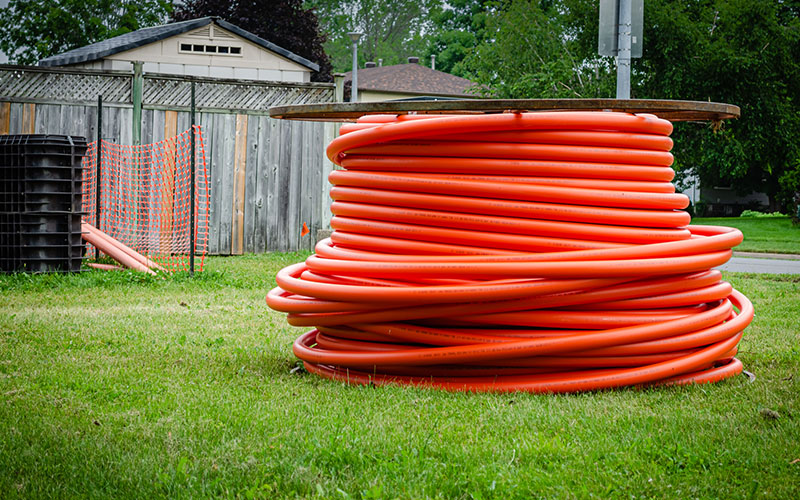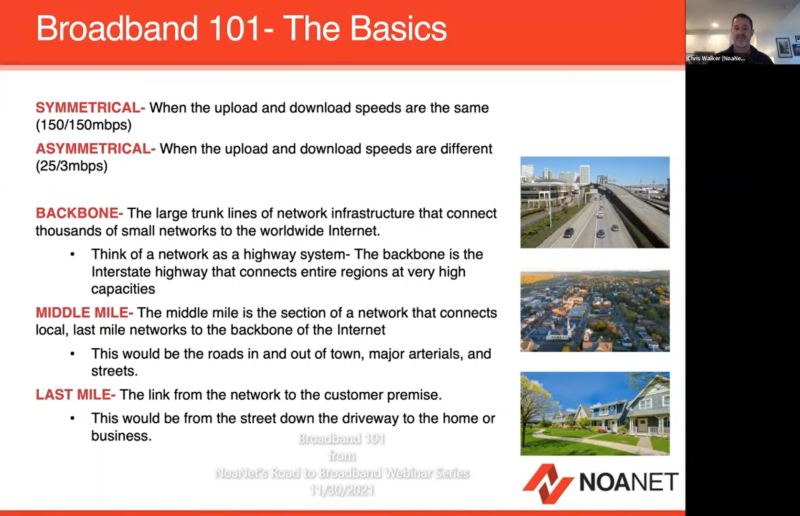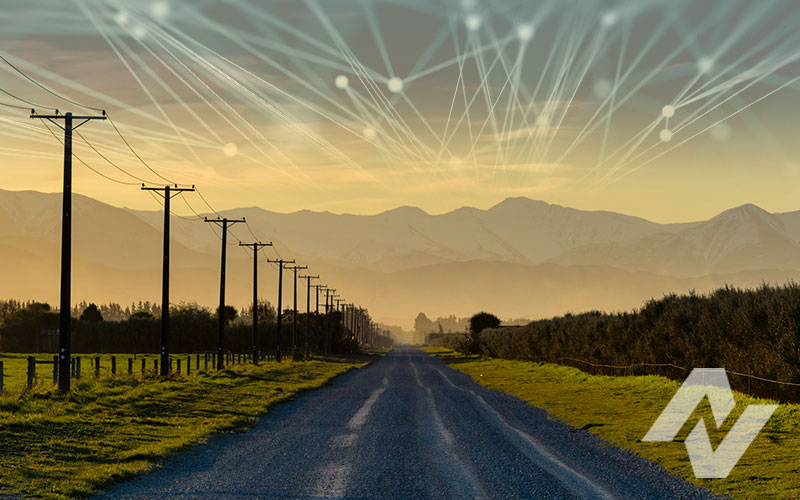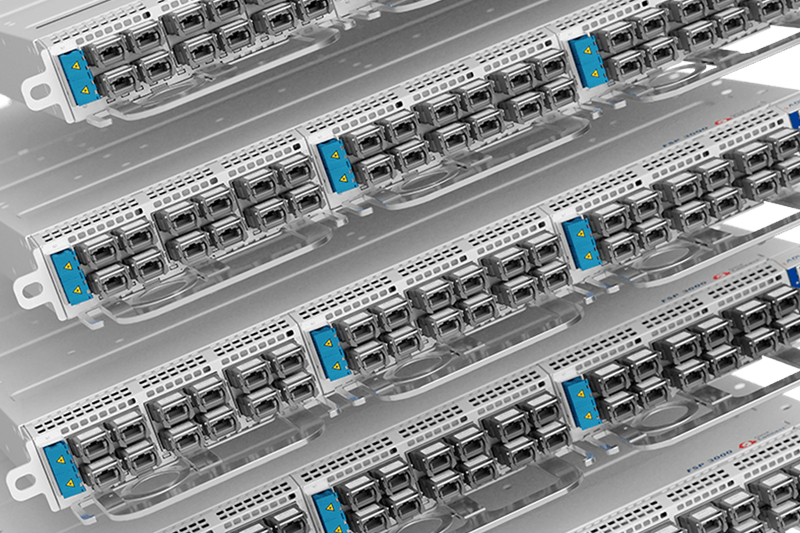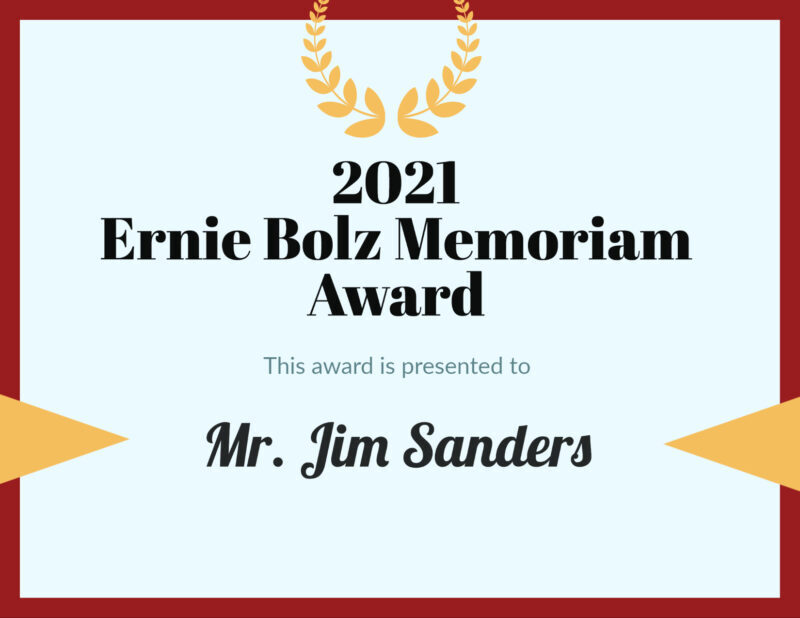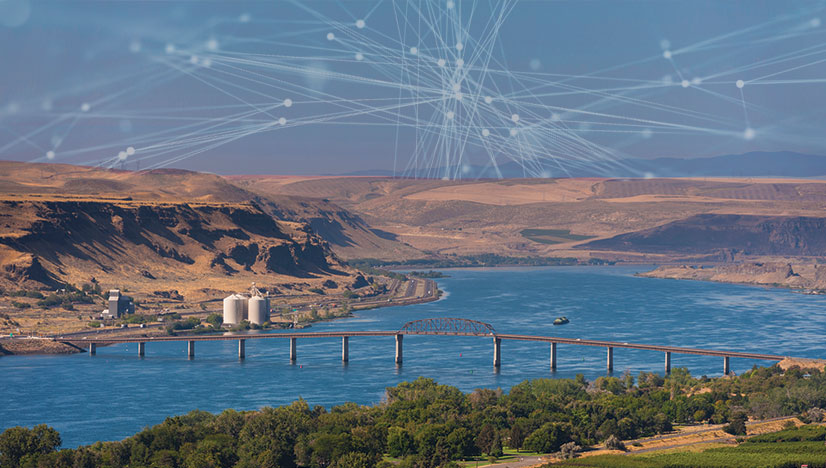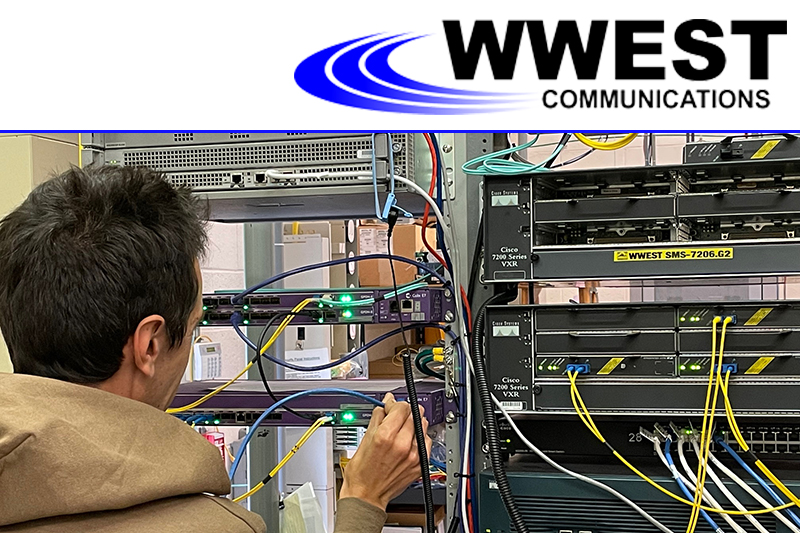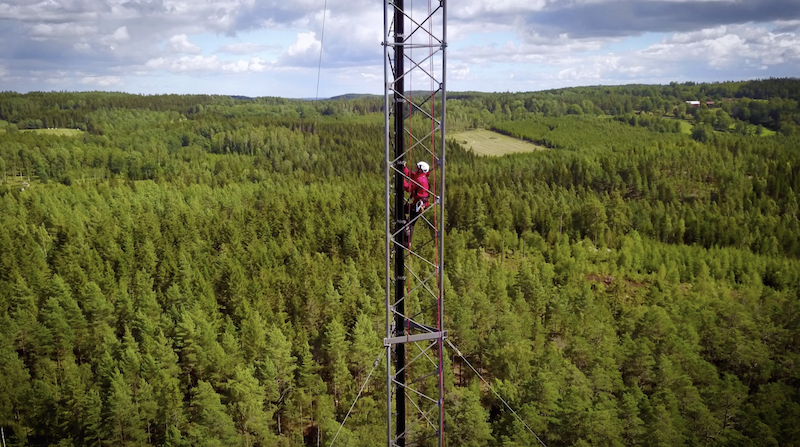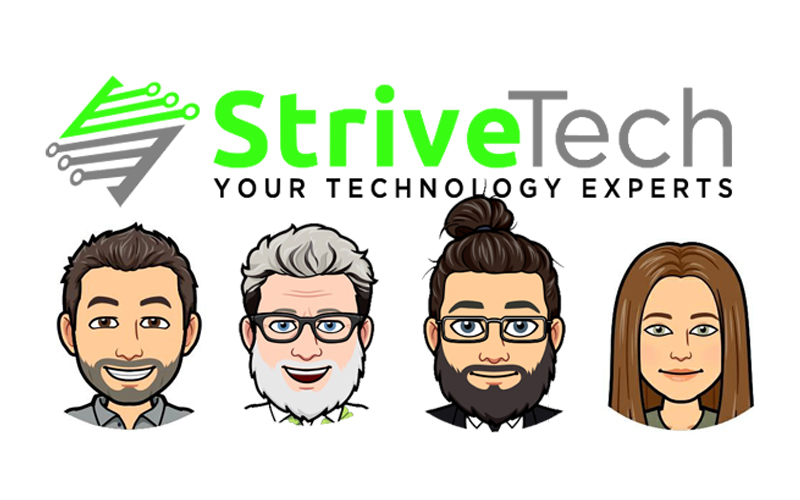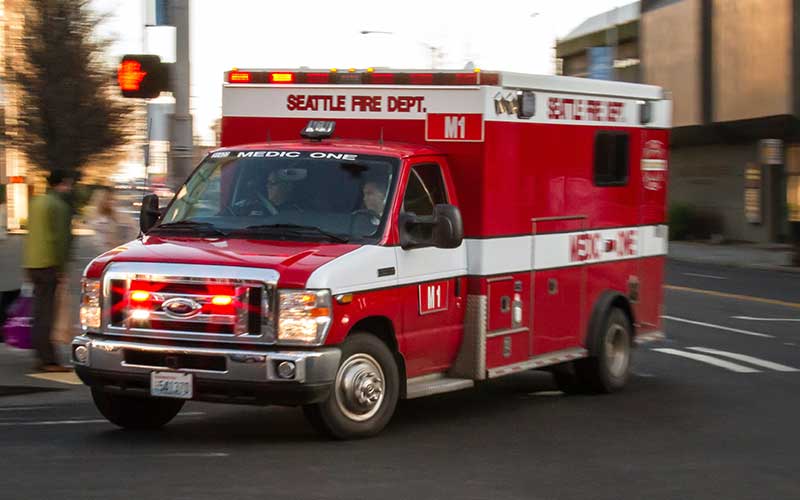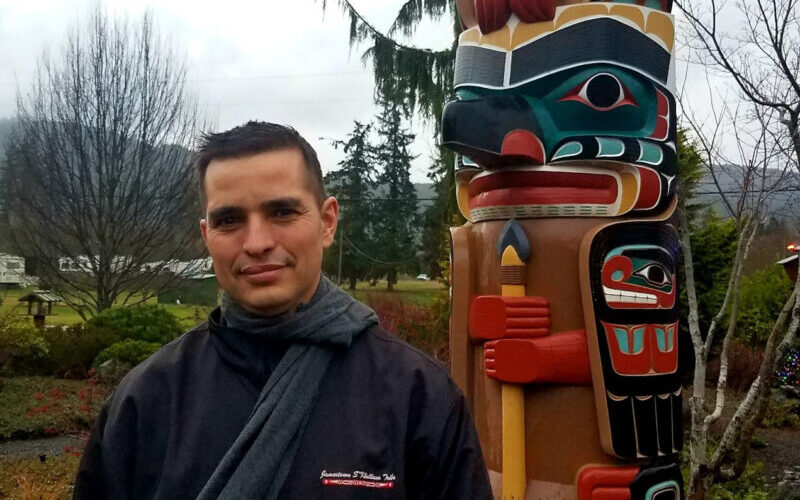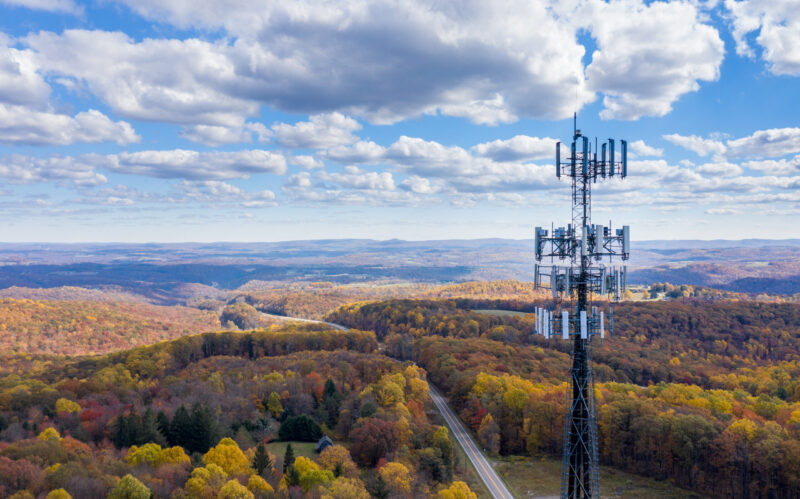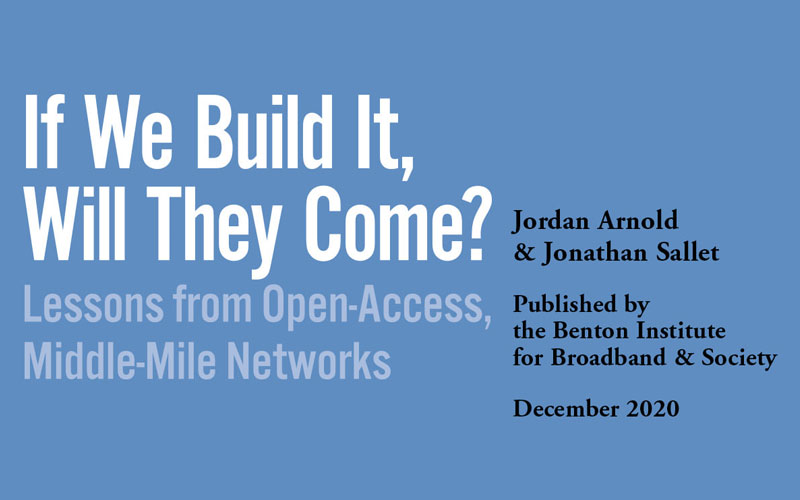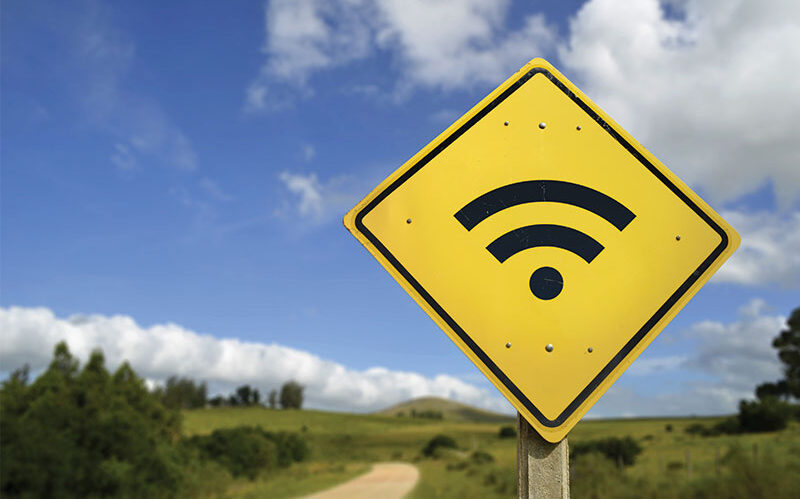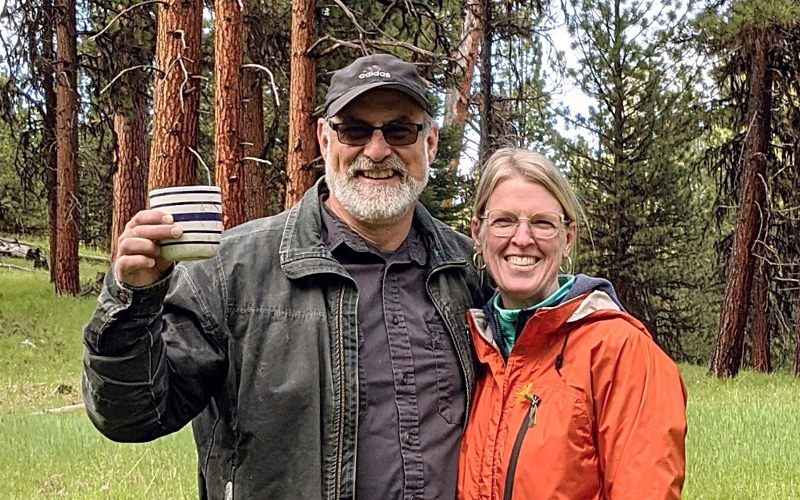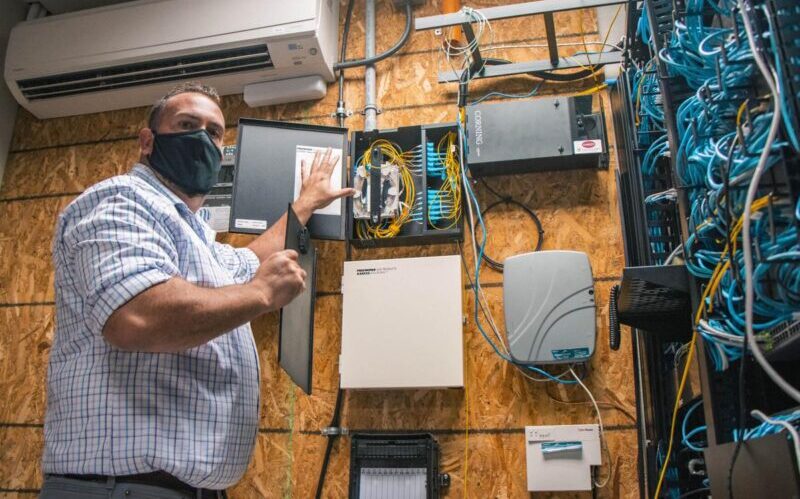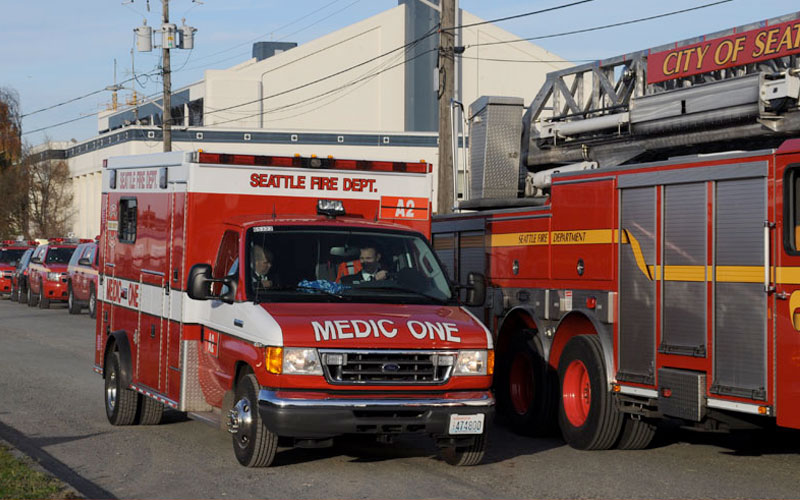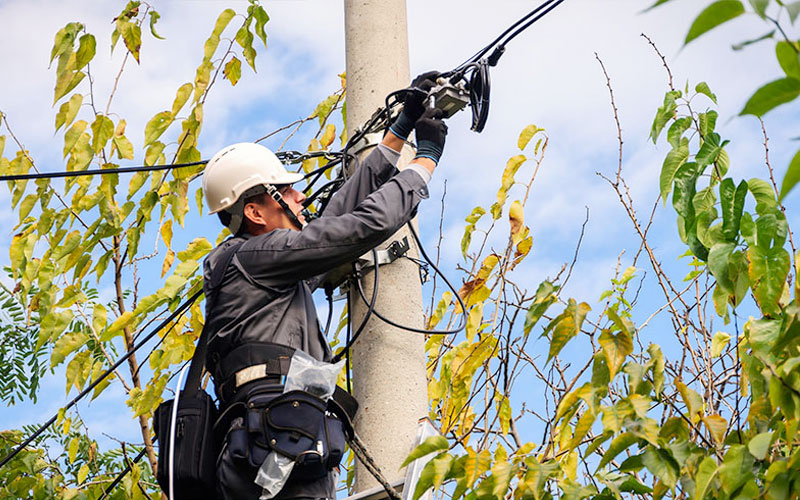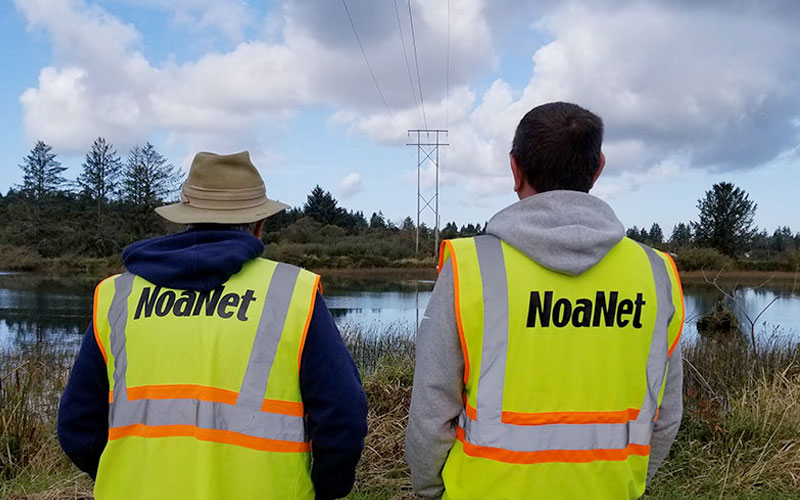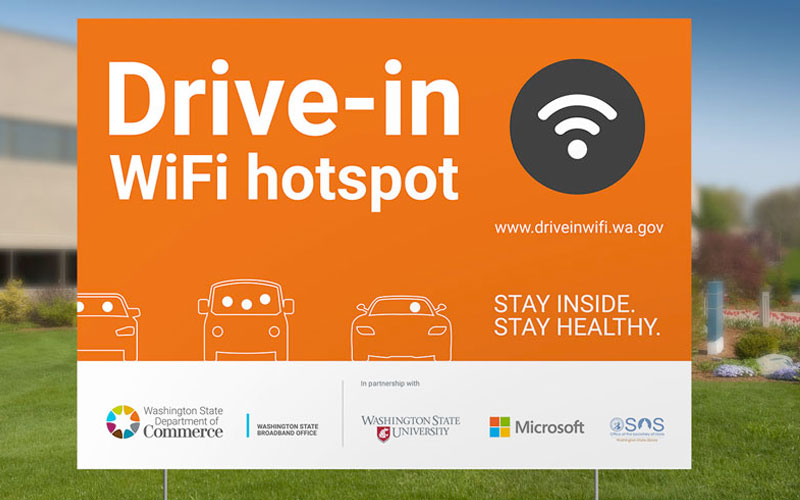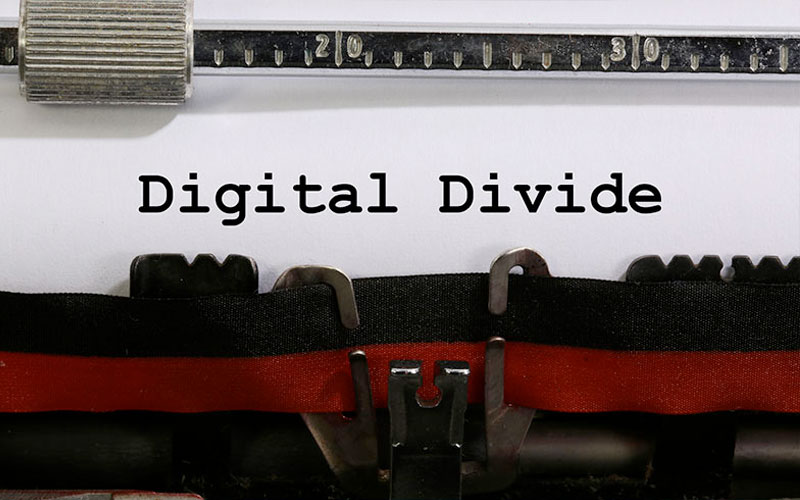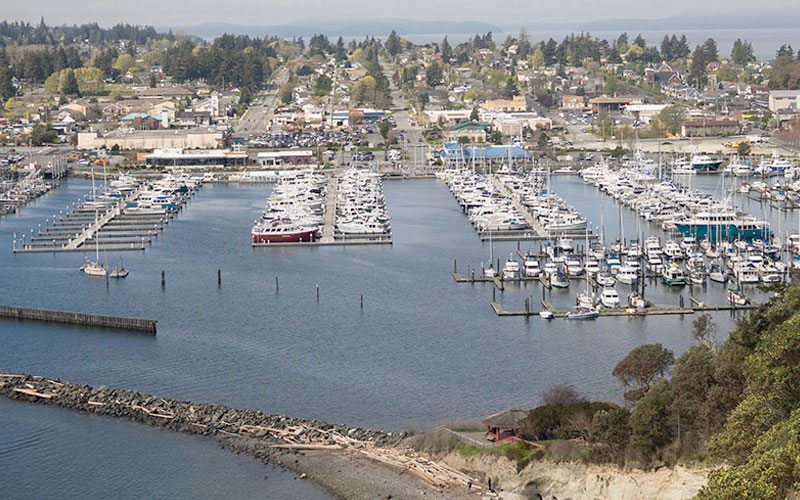In Washington State’s BEAD plan, digital equity is defined as “the condition in which individuals and communities have the information technology capacity that is needed for full participation in the society and economy of the United States.” To fully establish digital equity, people need to have access to high-speed internet that is both affordable and equitable. This is a constantly moving target. Only a future-forward mindset will allow us to keep up with broadband demands and changing technologies.
Defining affordability
Drilling down to the meaning of “affordable broadband” has been historically subjective.
The Washington State BEAD draft plan states that every business and household in Washington state should have affordable access to the broadband they need for work, school, healthcare, etc. This includes reducing barriers to access through policy and programs. Our state BEAD plan does have affordability points available to promote service affordability.
In the draft plan, affordability is the second highest criterion for BEAD funding, with a total of 20 weighted points. “Affordability” means offering 1 Gbps symmetrical service and 100/20 Mbps service at the most affordable price for customers in the project area. WSBO will allocate up to 10 points based on the cost of 1 Gbps symmetrical service and another 10 points based on the cost of 100/20 Mbps service.
For 1 Gbps service, applicants get 10 points if the price is under $75/month, or 5 points for prices between $75 and $84.99/month. For 100/20 Mbps, applicants receive 10 points for prices under $40/month, or 5 points for prices between $40 and $49.99/month. Costs must include all taxes, fees, and non-promotional charges to be eligible for points.
WSBO was able to set these affordability ranges based on the median broadband rate brackets submitted during previous grant application rounds. These grant applicants were comprised of mainly fiber-only projects. With ACP on the chopping block, there is no apparent replacement subsidy program to help lower the cost of services for our state’s most vulnerable households. This makes these points even more critical.
Equity also means quality
Many low-income programs offer a discounted rate, but it comes with significantly degraded services for low-income households. If your neighbor can afford the 1 Gigabit package, and as a low-income household you get a 25/3 service for $20, is that really fostering the digital equity we’re striving for?
Belaboring the “X-Mbps threshold” conversation misses another important point: thinking ahead. We need to be building the highest-capacity networks possible, so they last more than a few years and we find ourselves in a situation similar to today… networks falling behind the curve and in need of more network upgrades again.
In our previous insights, we explored the way bandwidth needs are going up by 50 percent year over year. Today’s goalpost of what is “enough” won’t meet our needs a few years from now, as history illustrates. Giving lower-income households an Affordable Plan that ekes out the bare minimum bandwidth is essentially digital redlining.
If an Internet Service Provider (ISP) offers a low-income program, it needs to be for a quality and equitable service. This is especially important now that many jobs and educational resources that open many doors toward upward mobility are online- which requires high-capacity connections.
Many facets of our daily lives including work, education, commerce, and healthcare take place online. As technology advances and plays an even more central role in how the world communicates, access to it will become even more valuable. Inequality is easily exacerbated by the technological divide (aka digital redlining). Ensuring equal access to digital tools, remote learning, and more for underserved and rural communities means looking ahead to consider high quality, affordable broadband for all.
Northwest Open Access Network (NoaNet) is a publicly owned telecommunications organization that has been serving Washington State since 2000 with broadband and digital equity services. As a mission-driven organization, NoaNet focuses on bringing world-class technology and professional services to hard-to-reach communities which lack access to high-speed affordable broadband services.


